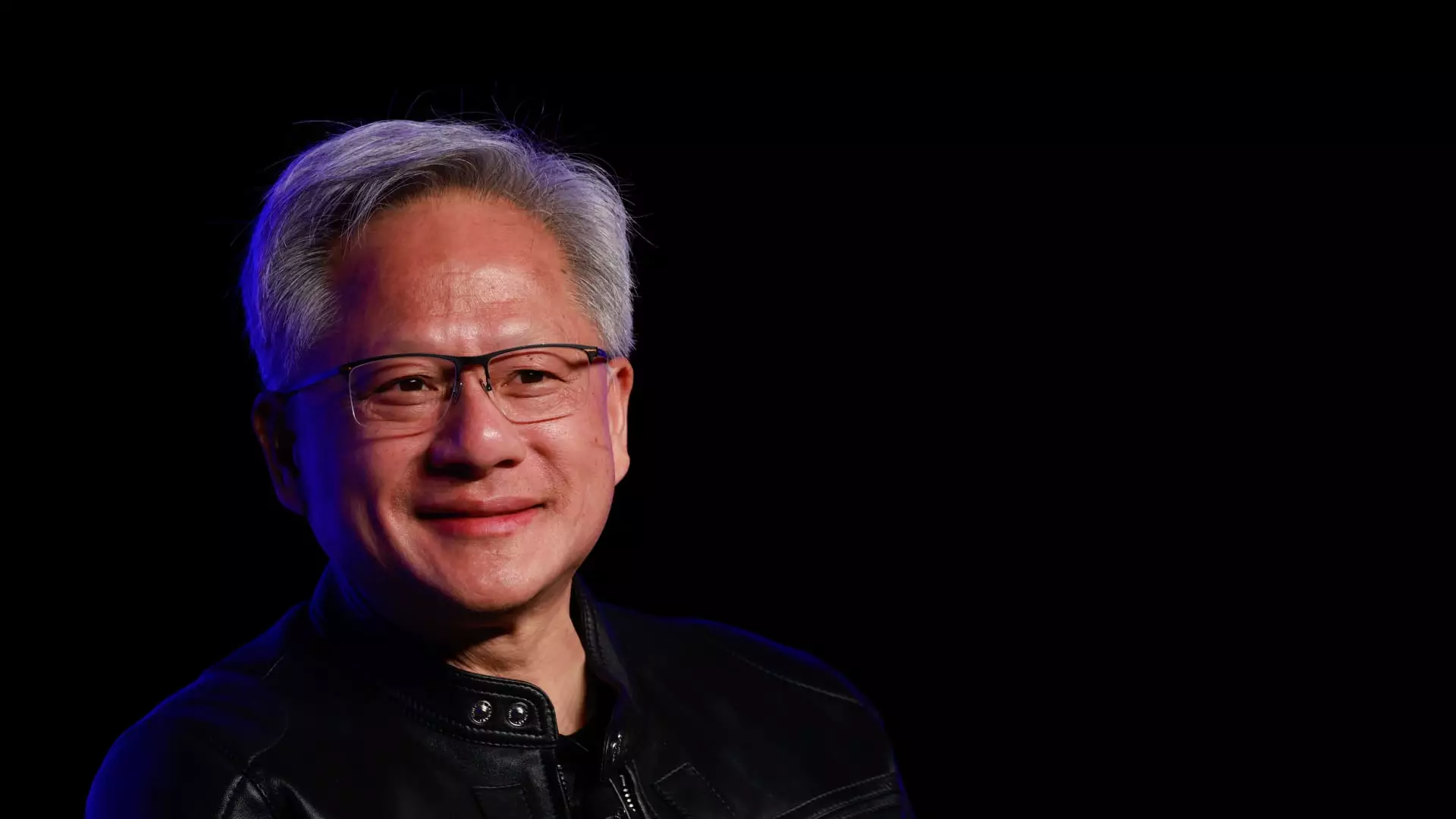The tech landscape is evolving at an unprecedented pace. When Jensen Huang, CEO of Nvidia, refers to artificial intelligence as the “great equalizer,” he strikes at the heart of a fundamental shift in how we interact with technology. Traditionally, understanding computing demanded a specialized language filled with intricate syntax and complicated terms. From assembly language to C++, these programming languages have been the gatekeepers of the digital realm, accessible only to those willing to invest the time and effort to master them. However, the emergence of conversational AI represents a seismic shift—a new era where the programming language of choice is simply “human.”
This shift was starkly illuminated in 2022 when OpenAI’s ChatGPT captured global attention. With over 400 million weekly users, this technology demonstrated that users could engage with AI in a way as natural as conversing with a friend. The capability to interact with machines using everyday language opens doors to creativity and problem-solving that were previously reserved for the technologically savvy.
Bridging the Skills Gap
One of the most significant implications of this development is that it actively bridges the skills gap in our increasingly digital world. Huang articulated that only a small fraction understands complex programming languages, whereas everyone possesses some level of fluency in “human.” This means you don’t necessarily need a computer science degree to communicate with sophisticated AI systems; you just need curiosity and a willingness to engage.
Imagine a marketing professional who previously relied on technical experts to analyze data and generate reports now being capable of simply asking an AI to produce insights from raw data. This newfound accessibility democratizes data interpretation and encourages a more informed workforce across various sectors. In a capitalist economy where productivity is paramount, this newfound simplicity will likely have profound impacts on efficiency and innovation.
The Art of Prompting
Huang’s metaphor of asking AI systems to perform tasks, like writing poetry, speaks volumes about the concept of “prompt engineering.” Simply put, the ability to frame a request thoughtfully can elicit creative and intelligent outputs from AI. When he illustrated how he could instruct an AI to craft a poem from the context of an event, he touched on a crucial point: the art lies not solely in writing code, but in crafting a compelling narrative that engages AI’s capabilities.
This gives rise to a new skill set that does not just involve technical prowess but also creativity and communication skills. The paradigm is shifting from traditional programming to crafting effective prompts. In essence, it’s about articulating thoughts in a way the AI comprehends, showcasing the human capacity for creativity—an element often overlooked in our tech-obsessed culture.
Transformative Potential for Businesses
As businesses grapple with the rapid evolution of AI technology, Huang encourages them to embrace this shift rather than fear it. Companies like Shopify and Duolingo are already steering their workforce toward integrating AI into their daily routines. AI isn’t just relegated to the domain of tech giants; it is reshaping how small and mid-sized enterprises operate, allowing them to compete on a more level playing field.
The movement towards AI in the workplace isn’t merely about enhancing productivity; it’s about reimagining roles. As organizations begin leveraging AI’s capabilities, human employees may find themselves liberated from mundane tasks, free to focus on strategic initiatives and innovations. This shift could lead to a redefined job landscape, where individuals are valued not for their rote skills but for their creativity and emotional intelligence.
Embracing Change
Despite the promising narrative Huang paints, it’s essential to acknowledge the fears surrounding AI’s potential to replace jobs. Change often brings resistance, and the ascendant conversations about AI are no exception. However, rather than viewing AI as a competitor, it’s crucial to see it as a tool—an assistant that can augment human capabilities rather than diminish them.
Huang’s assertion that “this way of interacting with computers… is something that almost anybody can do” underscores a critical truth: adaptability will be our greatest asset in the coming digital age. Individuals and organizations that embrace AI will likely find themselves ahead of the curve, while those who resist may struggle to keep pace.
As we traverse this new frontier of AI, the onus lies on each of us to engage with this technology, nurturing a culture of curiosity and adaptability. In doing so, we can harness the great equalizer of our time, ensuring that we not only survive but thrive in an increasingly complex digital landscape.

